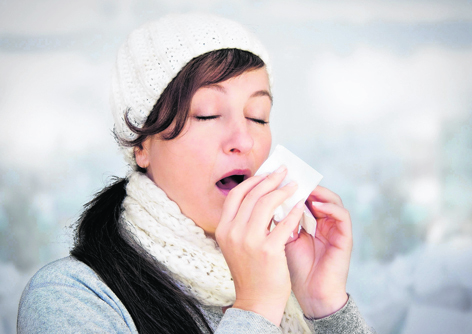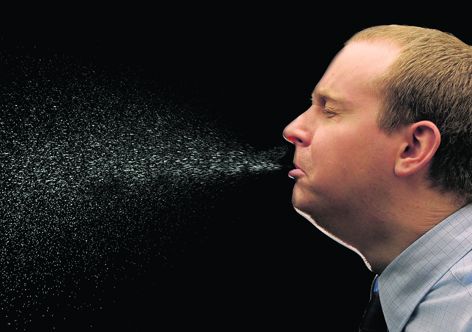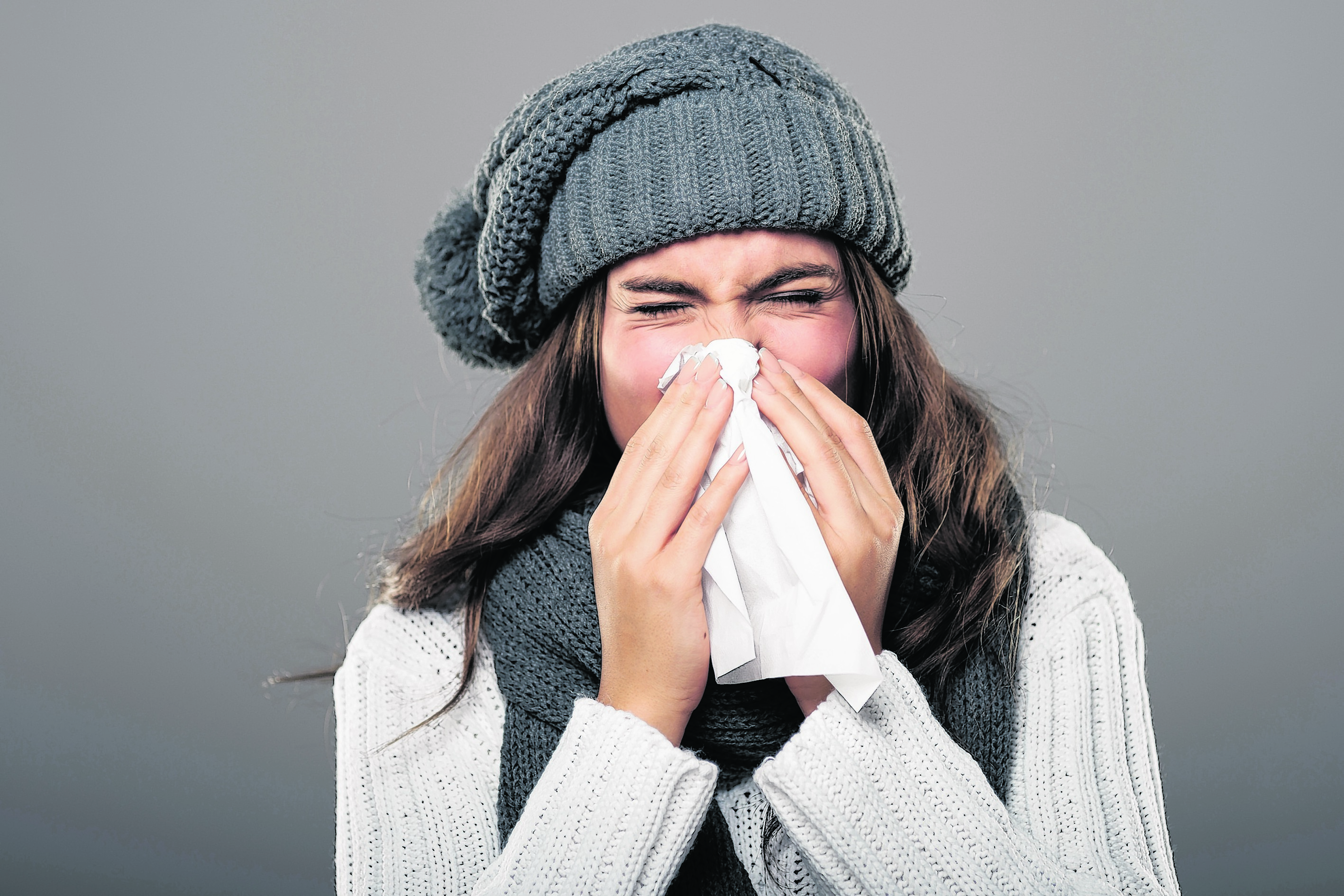There may be some discrepancy between summer bowing out and when autumn officially begins, but one thing’s for certain – those ‘winter bugs’ are already doing the rounds.
Chances are, at least a couple of your colleagues have already started with the sniffles – but while we’re all familiar with the dreaded bunged up head, runny nose, cough and general grogginess of a winter bug, how can you tell if it’s actually flu, or just a bad cold?
SO MUCH CON-FLU-SION
 Often when people say they have flu, they actually have a heavy cold – which can still make you feel pretty rubbish. The two are caused by different viruses (plus there are many strains of flu virus, and no, flu isn’t just a ‘cold that got worse’). In general, flu is more rare and serious; it tends to come on more suddenly, severely and lasts longer, and will typically leave you bed-bound with extreme exhaustion for a week.
Often when people say they have flu, they actually have a heavy cold – which can still make you feel pretty rubbish. The two are caused by different viruses (plus there are many strains of flu virus, and no, flu isn’t just a ‘cold that got worse’). In general, flu is more rare and serious; it tends to come on more suddenly, severely and lasts longer, and will typically leave you bed-bound with extreme exhaustion for a week.
There’s a saying about having the flu – that even if somebody put £100 at the end of your bed, you’d be too unwell to even think about reaching for it. So, if you’re still able to get up and get on with your day – even if you don’t feel great doing it – chances are you’ve got a cold, not the flu.
“A lot of people think they’ve got flu when actually they have a heavy cold. Colds and flu are both caused by viruses, but with flu, your lungs are affected to a greater extent. A cold tends to cause more nasal congestion and is over in a few days, whereas with flu, it can take you weeks to recover,” notes LloydsPharmacy’s pharmacist Nitin Makadia.
DIFFERENT SYMPTOMS
In addition to the above, according to the NHS Choices website, those suffering with flu will also experience symptoms like sudden fever and sweating, feeling shivery, more severe muscle aches and pains, and a dry, chesty cough. Makadia points out that loss of appetite is also associated with flu.
With colds, common symptoms include a cough, blocked or runny nose, sneezing and a sore throat. Headaches can also occur for both colds and flu, and some people may feel achy with a cold too.
A WINTER AILMENT?
We might know the colder months as ‘cold and flu season’, but they can occur all year round. It is true that we see a spike in cases over autumn and winter months, though – but that’s not simply because it’s colder.
“Despite what we often think, it is not the drop in temperature that causes common colds and an increase of flu during winter,” says Boots flu pharmacist Deepa Songara, who explains that the viruses can spread more easily at this time of year, for various reasons.
“We spend less time outside and much longer closer together at home or in indoor places,” she adds. “This ‘togetherness’ makes it easier to pass germs from one person to another.”
We also tend to close windows and crank up the central heating, creating stuffy, germ-filled environments.
SERIOUS RISK
While colds can leave you drained and feeling unwell, for the most part, they’re rarely medically serious. Flu, on the other hand, can be very serious, especially for those who are already vulnerable, and may lead to further complications like pneumonia.
This is why flu jabs are recommended for anyone over the age of 65, alongside pregnant women, and children and adults with long-term medical conditions such as diabetes, Parkinson’s and auto-immune disorders (jabs are free for those deemed eligible on the NHS, and easily available nationwide at pharmacies, surgeries and even some supermarkets).
TAKE IT EASY
There is a wealth of over-the-counter remedies to soothe cold symptoms. Generally, you shouldn’t need to see your GP if you have cold or flu symptoms (unless symptoms are particularly severe, last far longer than usual or you have any underlying health problems), but you could speak to a pharmacist for advice on treatments, and if you’re unsure about symptoms or whether you should see your GP.
“Fluids, rest and pain relief are a must when suffering flu symptoms. This is because your body dehydrates during a fever and can cause severe body pains as a result, because the immune system is trying to attack the virus,” says Boots pharmacist Angela Chalmers.
STOP THE SPREAD
 Avoiding colds entirely is not easy, but ensuring you eat a healthy, balanced diet and get regular exercise can help keep the immune system functioning well, which will help ward off bugs and help you recover more quickly if you do catch a cold.
Avoiding colds entirely is not easy, but ensuring you eat a healthy, balanced diet and get regular exercise can help keep the immune system functioning well, which will help ward off bugs and help you recover more quickly if you do catch a cold.
Also, to protect yourself and others, avoid muffling coughs and sneezes with your hands, as this can lead to germs being passed on. When you feel a sneeze or cough coming, use a tissue instead and quickly throw it away.
If the sniffles in the office are rapidly becoming more frequent, why not keep a personal set of stationery, as pens can quickly collect and pass on winter bugs. A quick clean of your telephone and desk regularly can also help to keep germs at bay.
At home, try to ensure rooms get some regular ventilation – although it’s tempting to keep doors and windows shut throughout the colder months, allowing air to circulate can play a part in keeping well.
